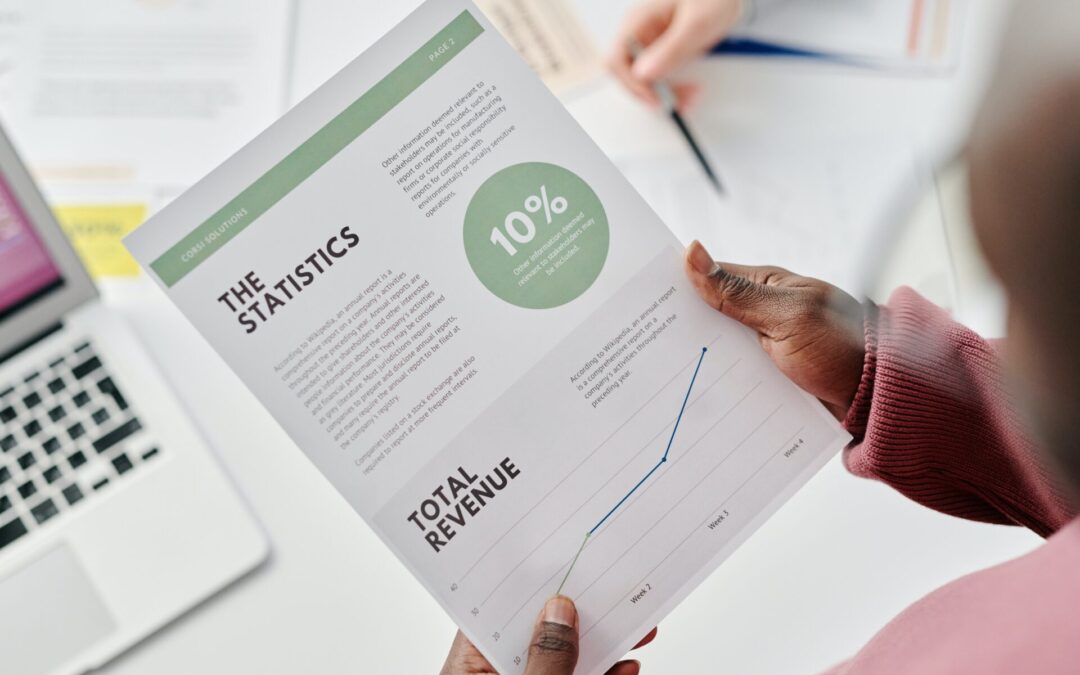When some businesses think of white papers there is a collective sigh. They realize these reports are a compelling tool, one of the most persuasive papers they can share with their B2B customers, but despite all the work and investment to create them, the final reports are often … boring.
White papers are meant to highlight problems customers have and outline solutions, using data, facts and quality research. Customers need to know how the problem affects them, why it is important they know about it, and how the problem is solved. They need data, because math is tangible. They need trusted research, not opinions. And they need to see how the solution will get them ahead of their competitors.
White papers often read like dry research papers. However, with quality writing and graphics, white papers can become an effective marketing tool that businesses will be proud to share. Not only that, but a well-designed white paper can increase sales when it is easier for customers to read, digest and remember.
Value of design in white papers
Images help us retain information we read. Especially when numbers are involved, images such as graphs and tables effectively highlight the point. Whether you use a graph, pie chart, or images of people using the product and showcasing the solution, the images assist in our memory.
Images also help break up text into segments, which makes information easier to digest and retain than information on full-text pages. Color images also enhance an otherwise black-and-white report.
In addition to graphics, text placement is another design tool to consider. Sidebars, for example, place information on the side of a page, often with a border or different font to set it apart from the rest of the text on the page. This placement makes sidebar content stand out, either to highlight an important point related to the text, or simply to act as a side point.
Using pull quotes and “did you know?” types of text boxes can also enhance the layout of a white paper.
Words of caution
Make sure any graph or image relates to the point of your text. If you use an image simply to take up space, it will detract from your message. You want your reader to tie the information and the image together, instead of trying to decipher two different messages if the picture has nothing to do with the text.
Avoid trying to turn your business report into a magazine. You do not want so many photographs and stock images that they overwhelm and distract readers, causing them to just quickly flip through the pages. Balance is key when it comes to white paper design.
And steer clear of thinking that the graphics are more important than the information or that a nice design will conceal poor writing and poor presentation. The writing in the white paper should be of the highest quality to deliver your message. The graphics are a complement to the textual information.
Remember, you can go from blah to amazing with quality design in your white paper, and capture more interest, which might translate into future sales.


Recent Comments